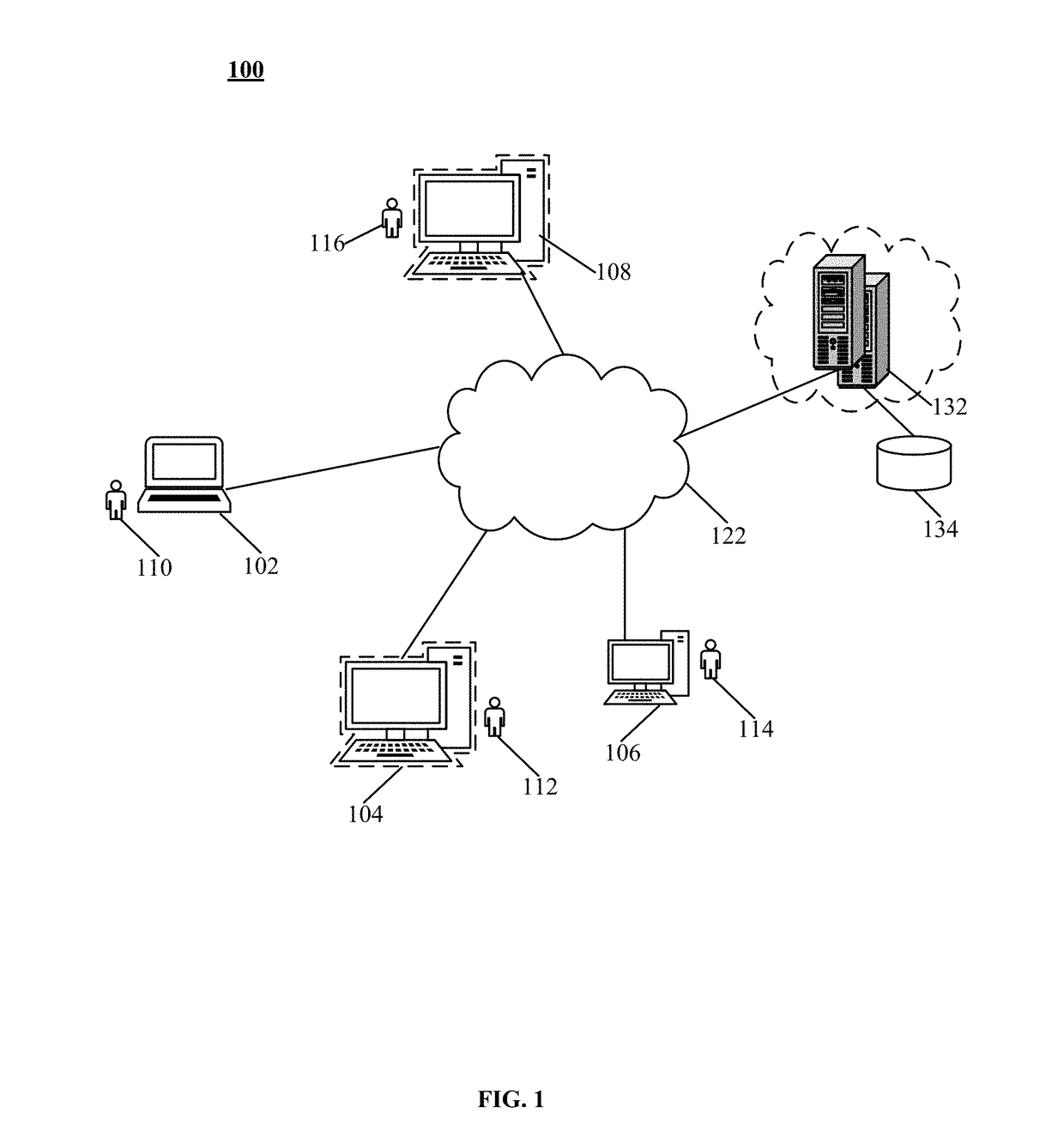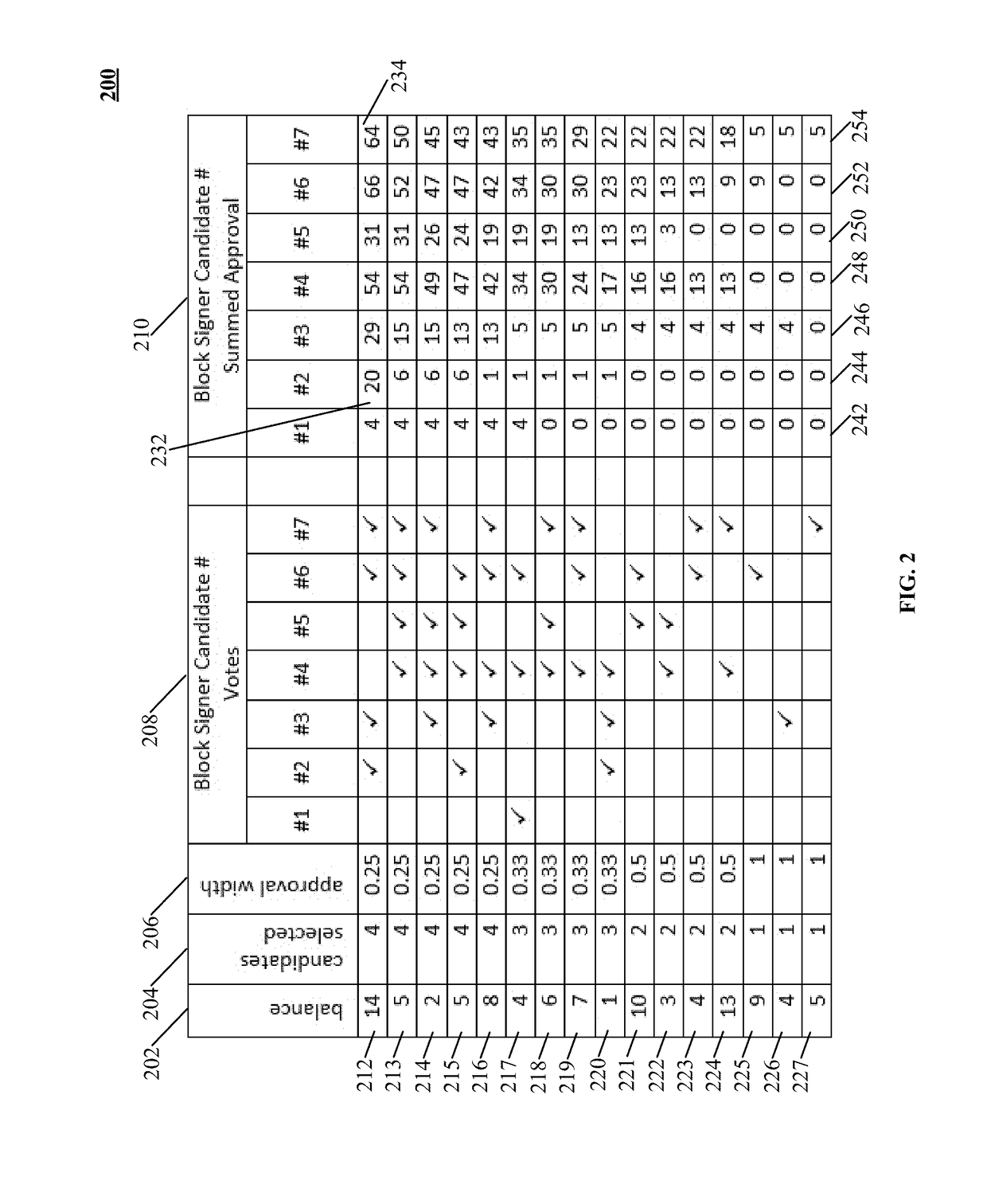This authority may be subject to various internal or external pressures or corruption.
Tracking digital tokens over a peer-to-peer network without a central
record keeping authority however, presents a considerable technical challenge.
Unambiguous digital signatures, while useful, do not fully solve the problem of verifiable trusted
record keeping.
An untrustworthy record keeper could choose to present different versions of the record at different times or to different people such that the record, even with valid signatures, could not be relied upon.
Peers may disconnect and reconnect at will, data can be corrupted or missing, and some peers may intentionally supply or
relay inaccurate information.
These types of challenges to consensus are a long recognized problem in
computer science known as a Byzantine Generals Problem.
Therefore, if peers were to simply accept all transactions as they were received and reject anything conflicting that came later, it would lead to disagreement.
For instance, if two conflicting transactions were simultaneously broadcast, some peers would receive one transaction first and accept it, and other peers would receive the other transaction first and accept it instead, so there would no longer be a consistent record.
On the other hand, it should not be possible to get the network to switch to a conflicting transaction broadcast long after the original, as this would defeat the utility of the peer-to-peer transaction system.
The rate of this block production is limited by requiring inclusion of a difficult to find solution to a cryptographic function based on the block data.
If valid solutions are found too quickly, the size of the range of valid solutions adjusts to be more restrictive to increase the difficulty and maintain a reasonably steady rate of block production.
The longer the chain becomes that builds on an included transaction the more difficult it is to change that transaction.
Considering the public chain is built via a cooperative process of miners all over the world, building a longer chain is not an easy task.
PoW also relies on arbitrarily difficult computation and the difficulty is automatically increased if solutions are found too quickly.
This computation for the sake of proving computation consumes an enormous amount of
electricity.
These attempts have only delayed the creation of specialized mining hardware and still suffer the same centralization problems due to economies of scale.
The solution of using a different PoW
algorithm also does not address issues of energy waste.
A drawback to the
Ripple™
consensus algorithm is that the interests of the validating nodes are not necessarily tied to or aligned with the interests of the holders and users (also referred to herein as stakeholders) of the
digital currency.
The currency holders must trust the validating nodes not to collude but they have no
effective power to prevent it.
However, the difficulty of finding a valid block hash or the range of valid solutions depends on the ownership stake controlled by the miner.
There are numerous drawbacks to this method of consensus as well.
Such a drawback to PoS protocols is known as the Nothing at Stake problem.
Another drawback to the PoS model is that it requires the private key of a miner to remain unencrypted on a network connected computer.
This requirement poses a security risk in that a network connected computer is vulnerable to being remotely compromised and the private key could be stolen.
It is generally not worth the risk, effort, or cost for small stakeholders to run a computer to look for block solutions using their private keys.
Unfortunately this proposal did not solve the poor incentives that lead to block signing power going to the highest bidder.
As proposed, voting against block signers who pay for votes would have a high opportunity cost over voting for them and sharing in any profit.
It would also be largely ineffective against candidate block signers who could switch to a new public key after accumulating too many negative votes.
There are at least two additional major limitations to most cryptocurrencies such as Bitcoin.
These commonly acknowledged drawbacks are price volatility and also a lack of an effective means to fund ongoing development of a
cryptocurrency protocol.
While Bitcoin has useful properties such as being easy and inexpensive to transfer, its price volatility makes it risky to hold and difficult to use for everyday pricing and payments.
A drawback to this idea is that there is significant centralized
counterparty risk.
Funding the ongoing development of a digital token
tracking system has been a difficult problem to solve.
Essentially, the present decentralized systems have no mechanism to effectively centralize the resources needed to incentivize developers of the system.
Ongoing development of a project such as Bitcoin is an economic “public good” problem.
Although this may offer some improvement it has not been sufficient to provide a substantial
funding source.
Even when considering high value systems such as Bitcoin, resources to directly fund development have been scarce.
A great number of smaller projects have been abandoned or remain underdeveloped due to this issue.
One of the most important challenges of peer-to-peer digital record keeping is to determine how block signers are chosen to add transactions to the public record.
Prior consensus mechanisms have not solved the issue of how to choose the most qualified and trusted block signers from a
decentralized network of rationally self-interested stakeholders.
Other PoS implementations fail to create the right incentives for appropriate control of block signing power and the public record.
 Login to View More
Login to View More  Login to View More
Login to View More 


